Transcaucasian Trail is developing a long-distance hiking trail that follows the Greater and Lesser Caucasus Mountains, including the Armenian highlands. A few years later hikers will be able to travel from Meghri (Armenia) to Batumi (Georgia) by a unified trail network. Mapping and construction of the trail began in 2016-2017 and involved foreign and Armenian volunteers, local experts and villagers.
Foreign explorers build a trail for Caucasus
Explorers Tom Allen and Paul Stephens were the ones to come up with the idea of developing an international standards-compliant hiking trail across the Caucasus to enable others to discover the beauty of the region.
“I wanted to hike from Armenia to Georgia, but I couldn’t: there was no information about hiking in the region, only a few guides who offered paid tours. But I wanted to hike on my own as I did in Europe and the United States. I am a professional explorer, so I thought, why not try to build a trail on our own?” said Tom.
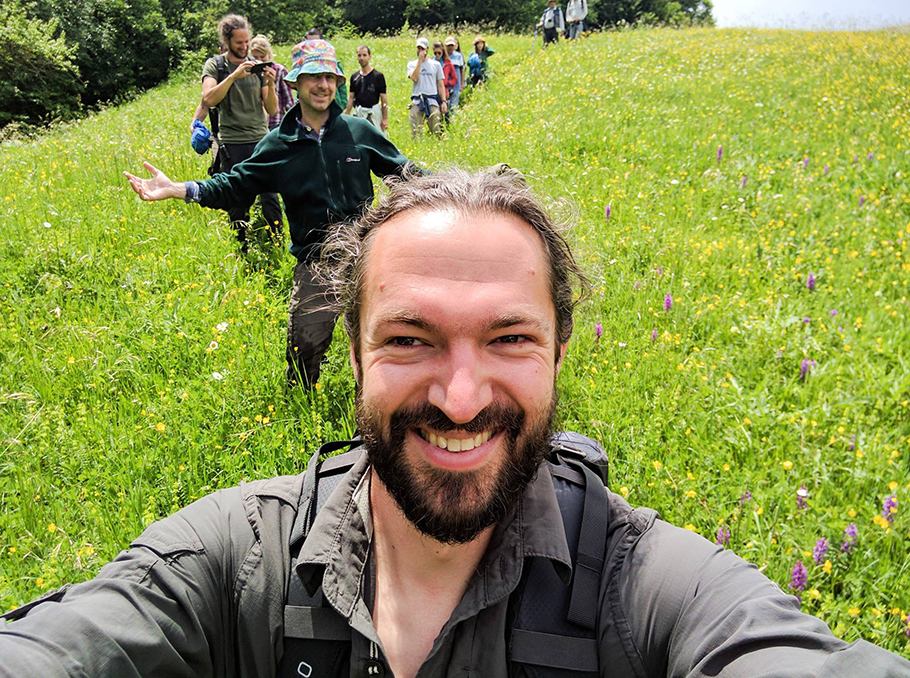 Tom Allen
Tom Allen
The English-born explorer is married to an Armenian woman, he moved to Armenia in 2015. Office work is not for him, so he looked for a job related to nature, mountains in particular. Additionally, Tom wanted to help develop Armenia in some way.
He became acquainted with American explorer Paul Stephens on Facebook and learned that Paul had long wanted to move and settle in Georgia. Tom was preparing to buy the domain transcaucasiantrail.com, but he couldn’t do it, because Paul had already bought it three months earlier. While searching for the name on Facebook, Tom found Paul and discovered they both had the same idea. So, they started working together.
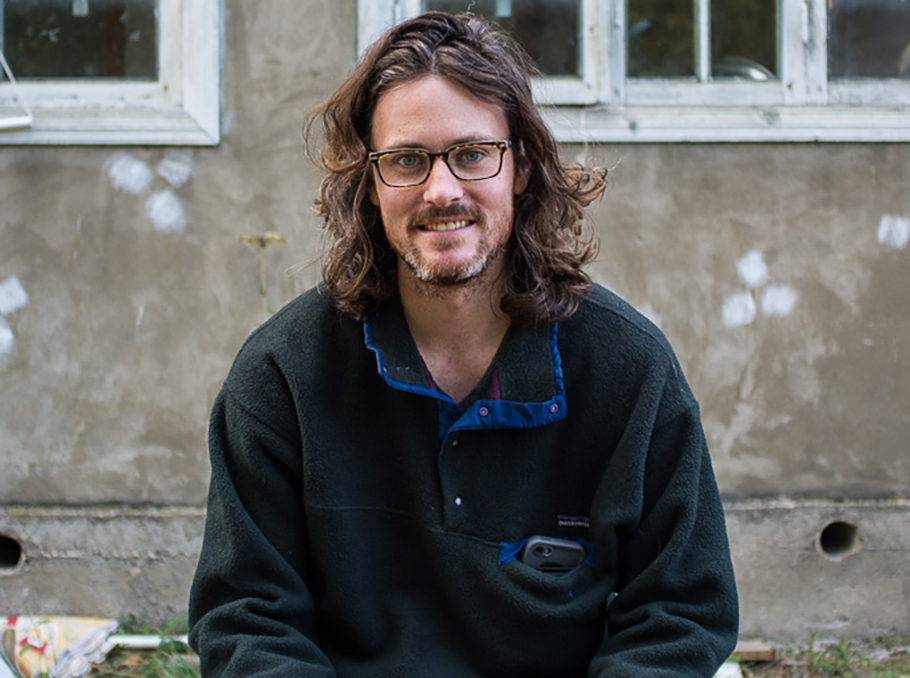 Paul Stephens
Paul Stephens
Registered in 2016, Transcaucasian Trail is an NGO supported by Transcaucasian Trail Association (TCTA), which is a non-profit corporation registered in Washington, D.C. Tom Allen is the co-founder and president of the Armenian branch and Paul Stephens leads the Georgian office.
The trail recognizes no war or nationality
The ultimate goal is to develop a hiking trail through the Caucasus Mountains, which extends from Meghri to Batumi and links the Black Sea with the Caspian Sea. The trail is designed for hikers, but it can be used by cyclists and riders as well.
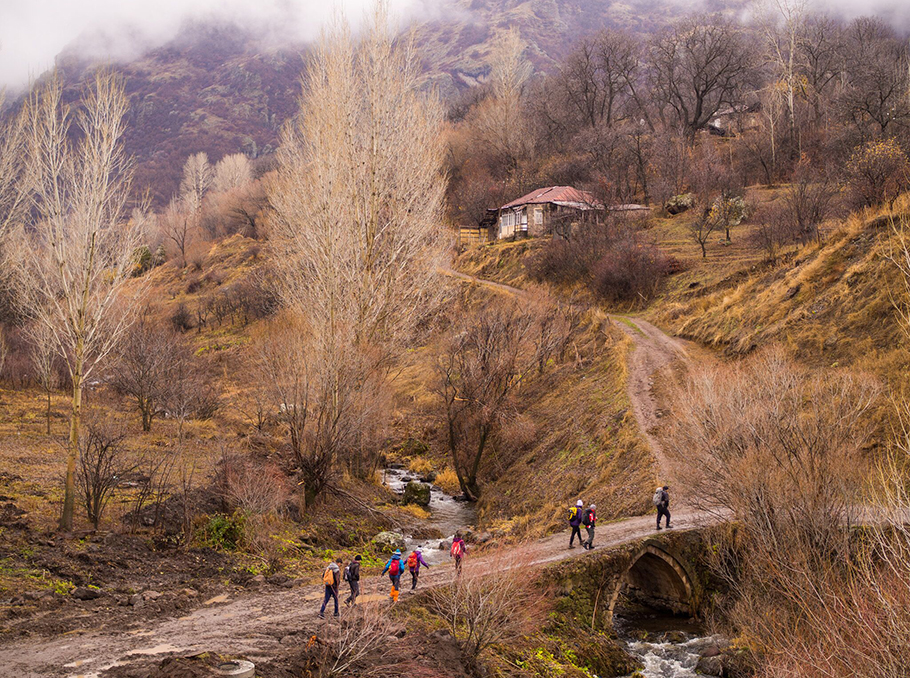
Azerbaijan isn’t engaged in the project yet. Paul registered his NGO in Georgia and Tom is based in Armenia, and both hope that the trail will extend further after the work is done in these two countries.
“Hiking is connected with nature and mountains. If you follow the mountains, you reach Azerbaijan. We plan to take the trail trough three countries. Of course, there are political issues, but on the other hand, nothing really stands in the way of our trail. Many tourists want to hike through all three countries of South Caucasus,” said Tom.
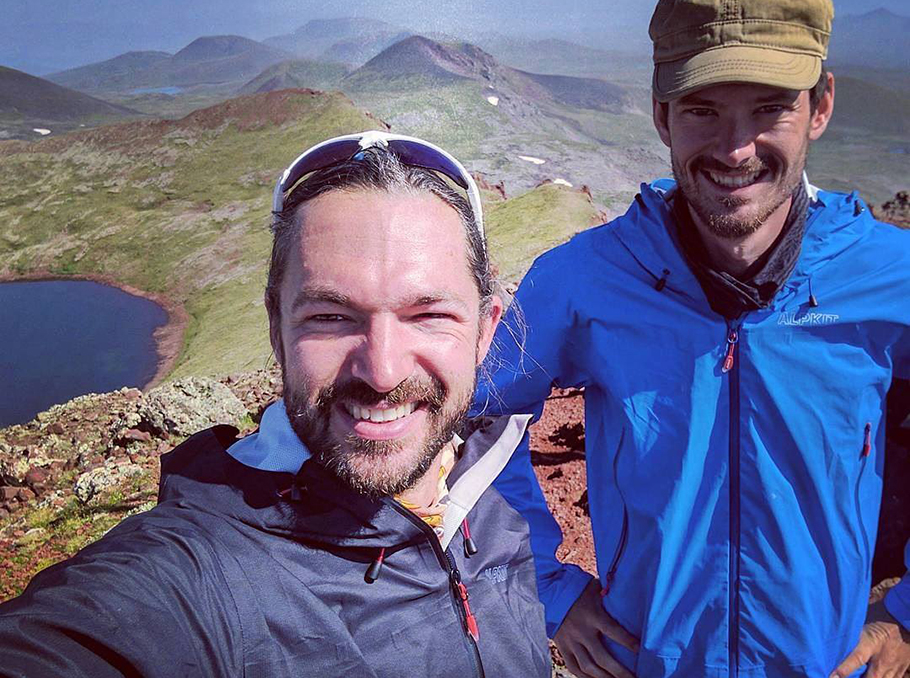
The three-year research is about to end and the actual construction will take years. Two hikers have already traveled from the southern borders of Armenia to the Black Sea through the explored and unexplored sections of the trail. They used the data provided by Tom’s office, so hiking by the new trail is already possible. Two more hikers, women from Germany, plan to try it this year.
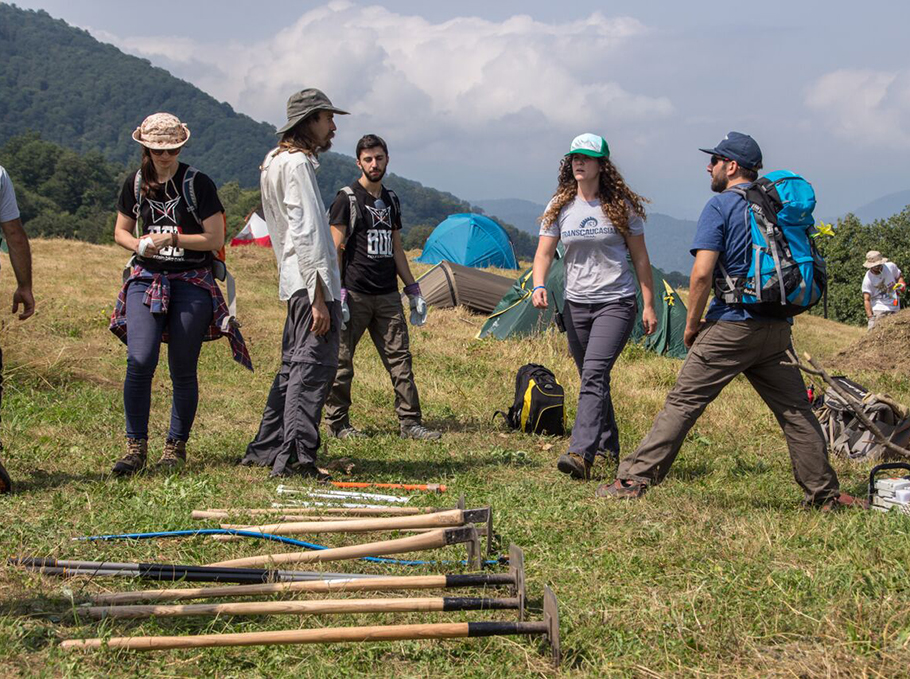
“Development of such a trail usually takes around ten years, although there is never an end to the work on a long-distance trail like this: it goes on, and on, and on,” explained Paul.
Old and new programs
Nearly 85km of hiking and cycling routes, a section of the Meghri-Batumi trail, were constructed, equipped and improved in Dilijan National Park in 2017.
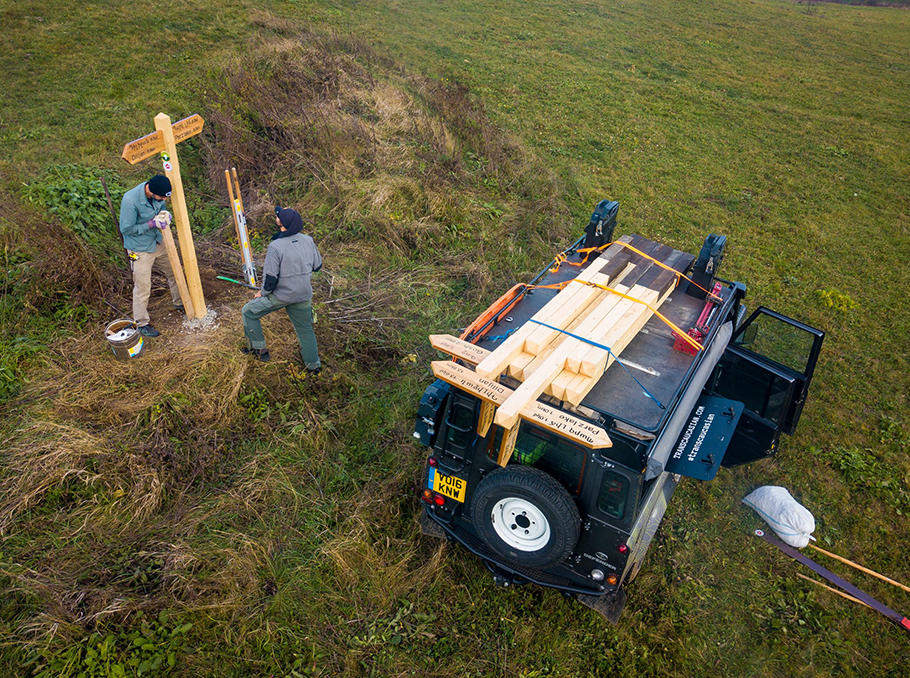
The project involved 22 foreign volunteers from 11 countries and 26 local volunteers from five marzes of Armenia. The organizers held a fund-raising hike in 2018, in which each participant raised and contributed USD 1,200 as a donation towards the ongoing work in Armenia.
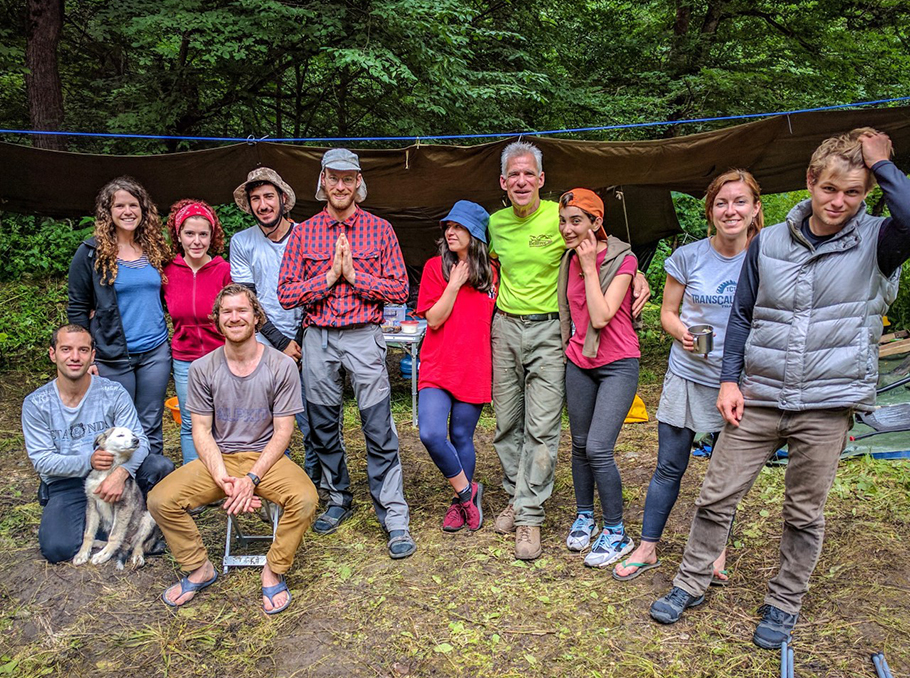
There are also plans for Armenia-Georgia local volunteer exchange programme. Local experts and villagers were hired to help with the trailbuilding and maintenance. In addition, they constructed several bridges.
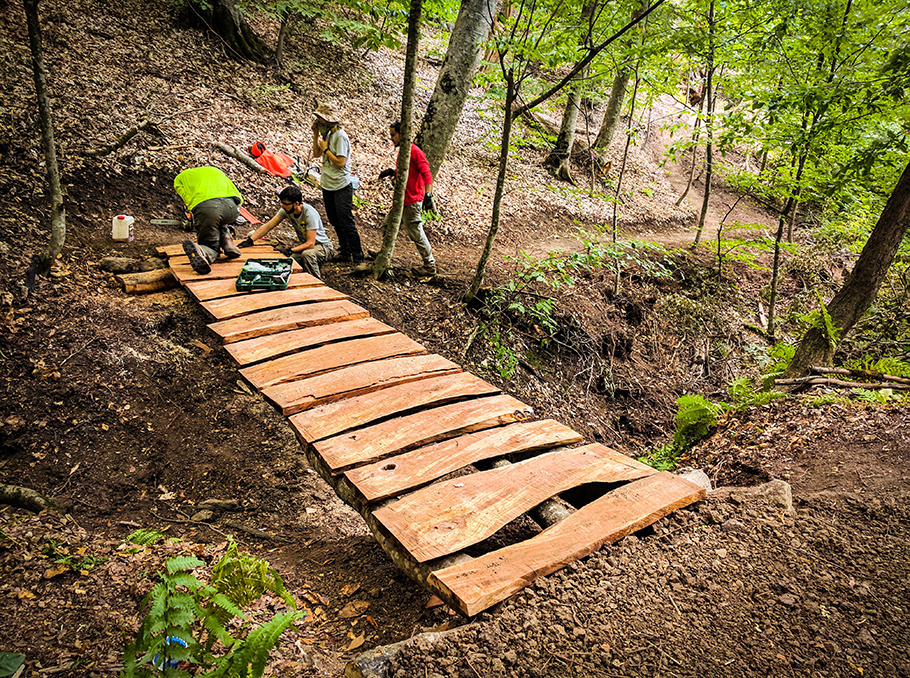
Transcaucasian Trail will organize a volunteer program this summer, which is to involve both foreign and local volunteers. The former can already apply. The trailbuilding camp will last for two months, each group working for two weeks. The NGO is preparing the announcement for Armenian volunteers as well: to participate, you need to be in good health and physical shape, and ready to live and work outdoors.
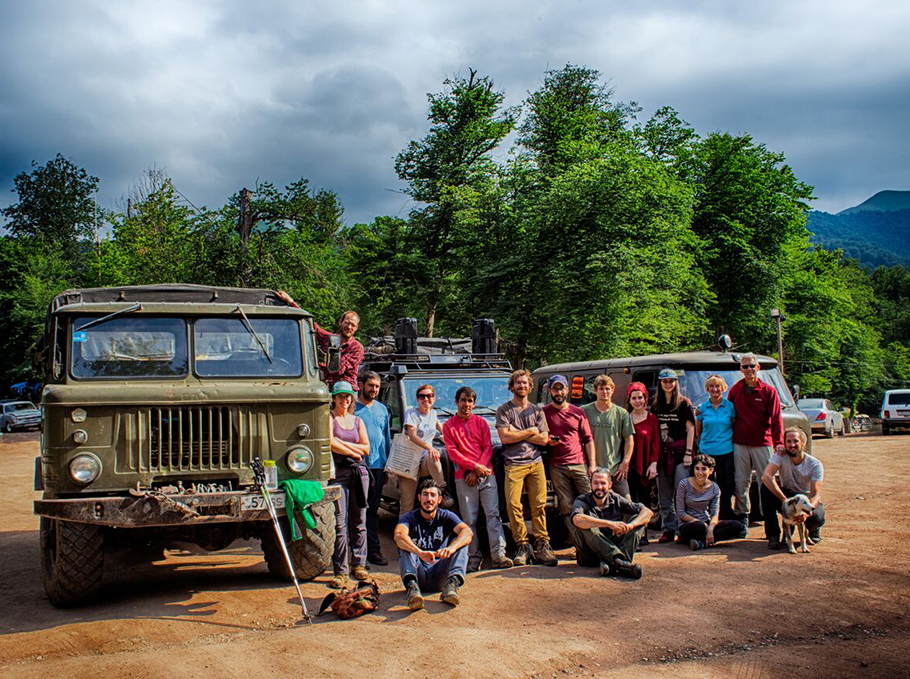
Trail development is “infectious”
TCT Armenia Director Ashot Davtyan initially joined the team as a volunteer. He was employed in finance before he found out about the TCT in 2017. Ashot always dreamed about working in tourism sector and learned trailbuilding as a new profession. He has managed several programs since then and joined the team on permanent basis.
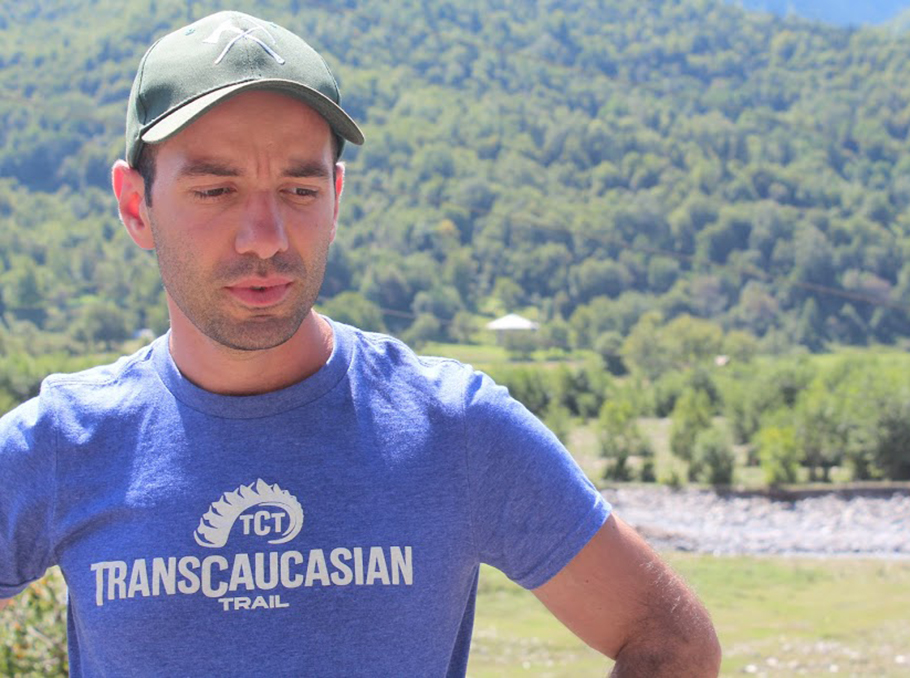 Ashot Davtyan
Ashot Davtyan
“I did not even know it was a profession. When I build the trail and then walk it, I feel like walking in the house I built. That is why I want to maintain it and take care of it,” he said.
The members of TCT team want to install the trailbuilding culture in Armenia through this program. There are many old trails that have become overgrown or turned into motor roads.
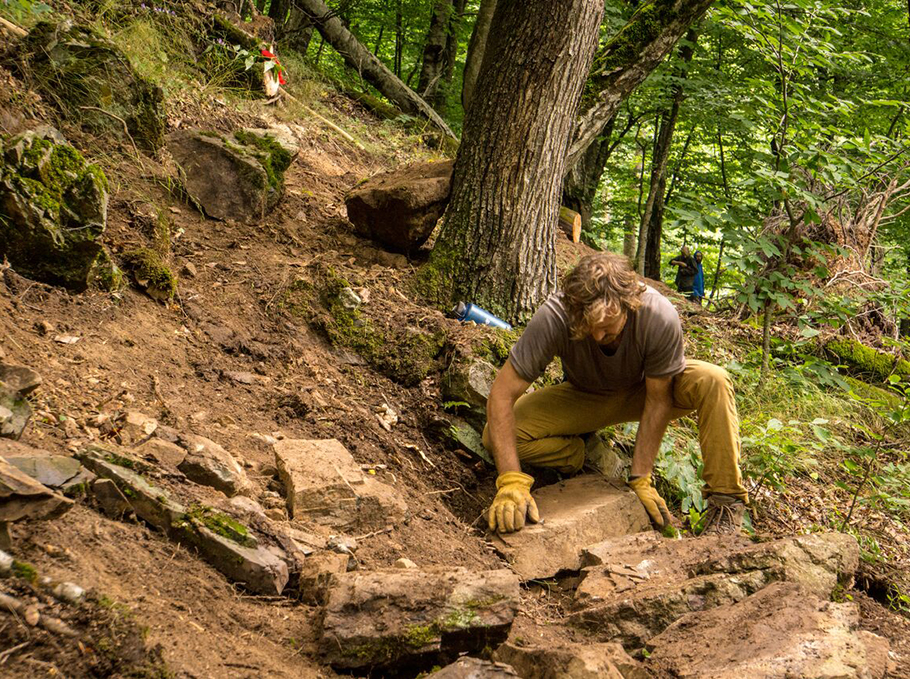
“People would guide tourists on motor roads and call them trails, but the real trail has specific standards. A trail is a narrow lane that people enjoy working, and it is build with appropriate tools, not with shovels and picks,” Ashot explained.
The users, the supporters, and the expectations
TCT members highlight that another goal of the program is to support local communities.
“There are many similar long-distance trails in the world, which proved to attract more tourists to adjacent villages and cities. The construction of this trail will promote the development of tourism. Our trail goes both through the areas linking villages and the wilderness, because explorers like to walk in unpopulated lands as well,” Ashot added.
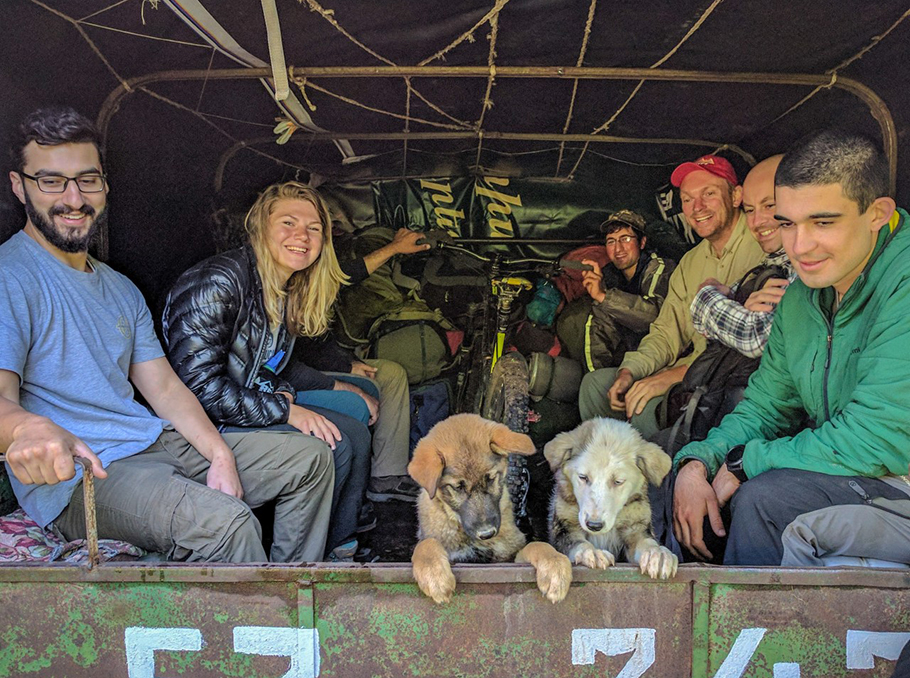
The Transcaucasian Trail has several partners: Caucasus Nature Fund, Hirair and Anna Hovnanian Foundation, Armenian Volunteers Corps, Dilijan National Park, Trails for Change NGO, and the early support of the project, Jaguar Land Rover, which provides Land Rover Defender for exploration and mapping works.
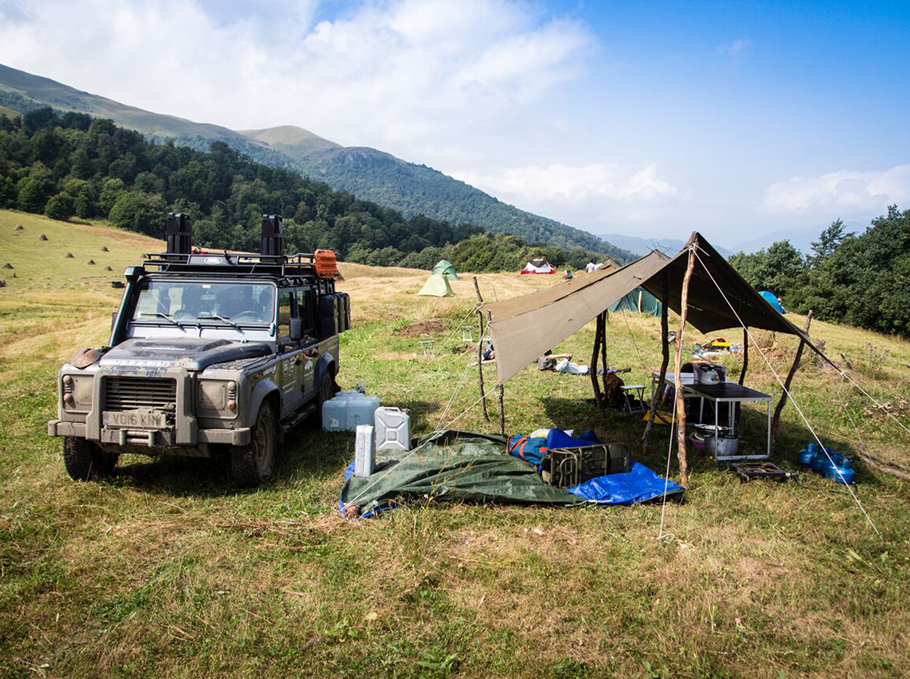
TCT is ready to cooperate with all concerned individuals and entities and invites them to join the programs in 2019.
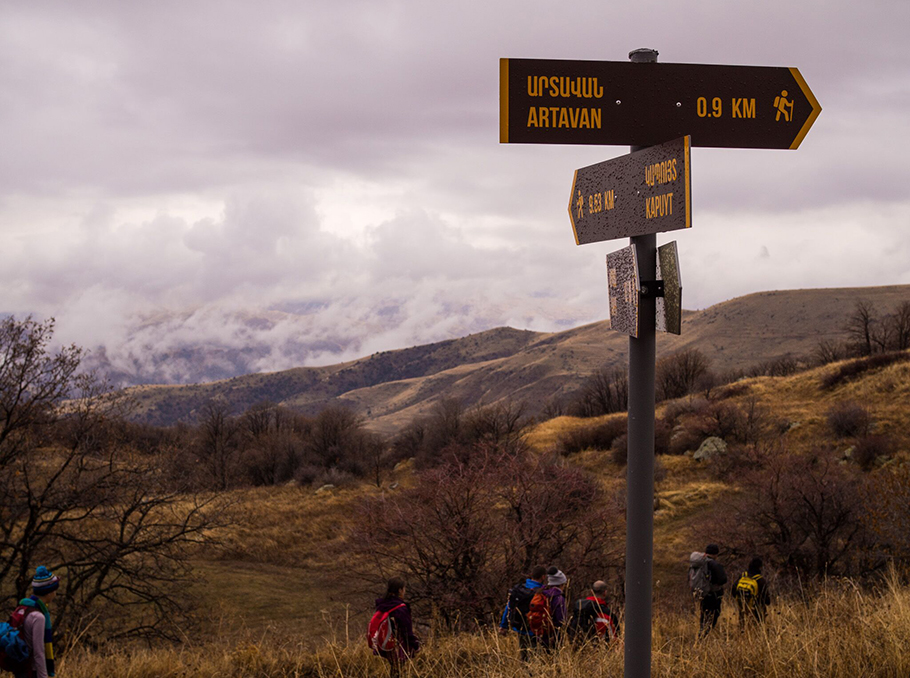
“In fact, the most important partners are the local people. This project is done for them first, they will be the ones using the trails, and we expect them to maintain it so the tourists keep coming,” concluded Ashot.
Amalie Khachatryan
Photos: The Transcaucasian Trail








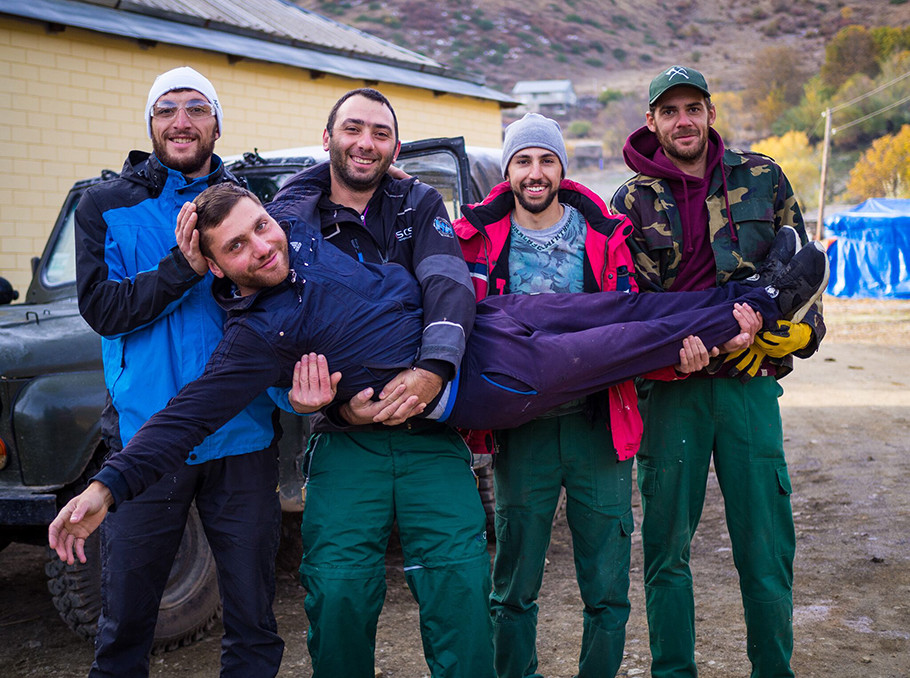
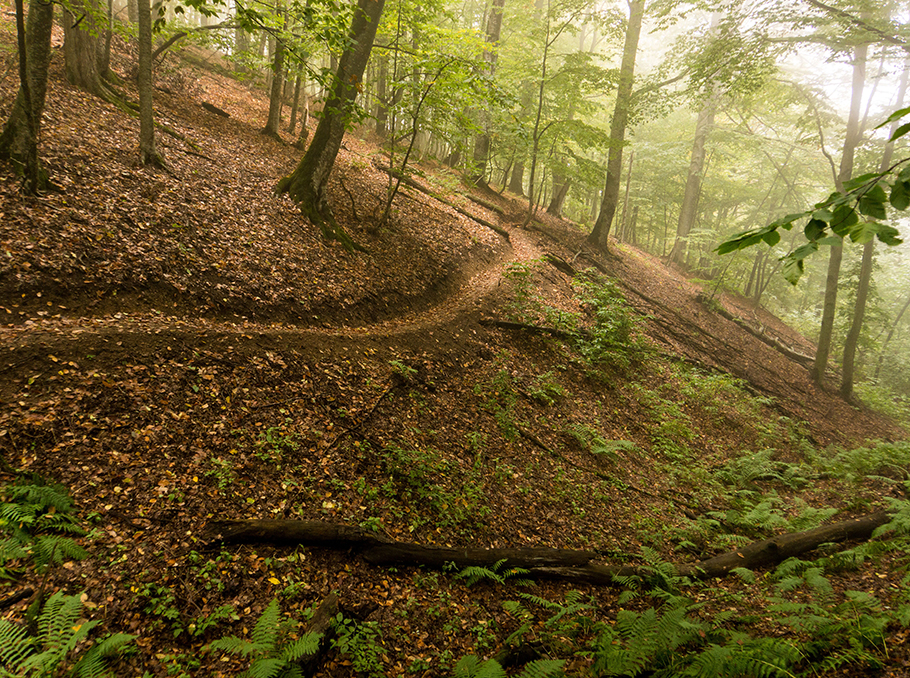
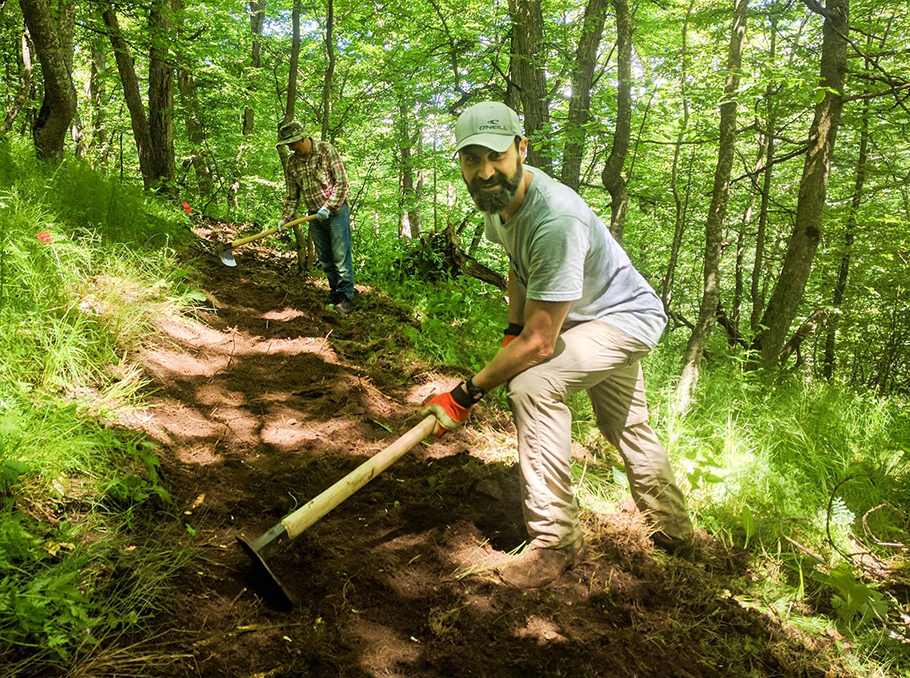
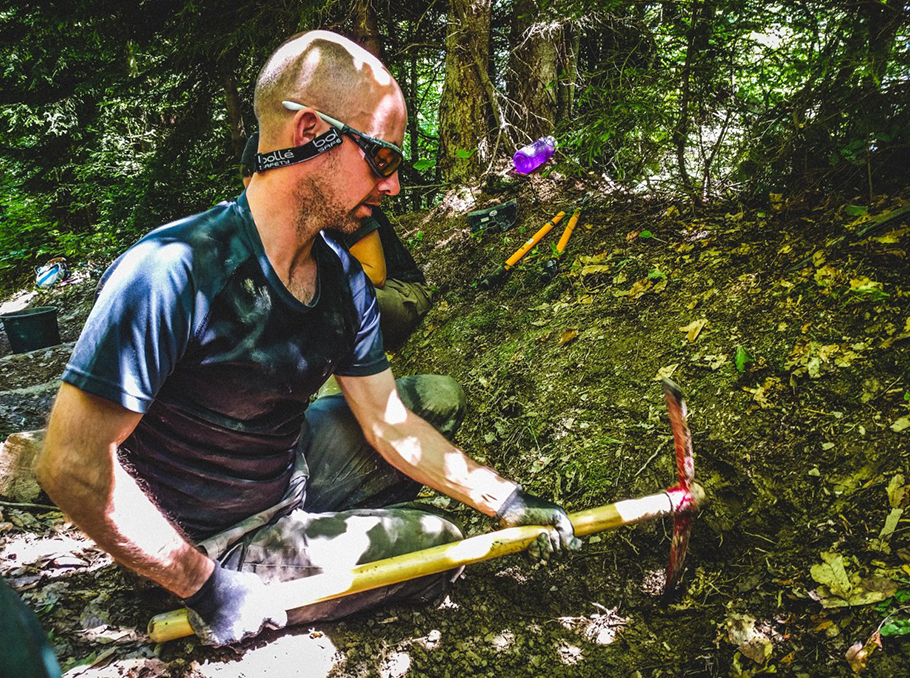
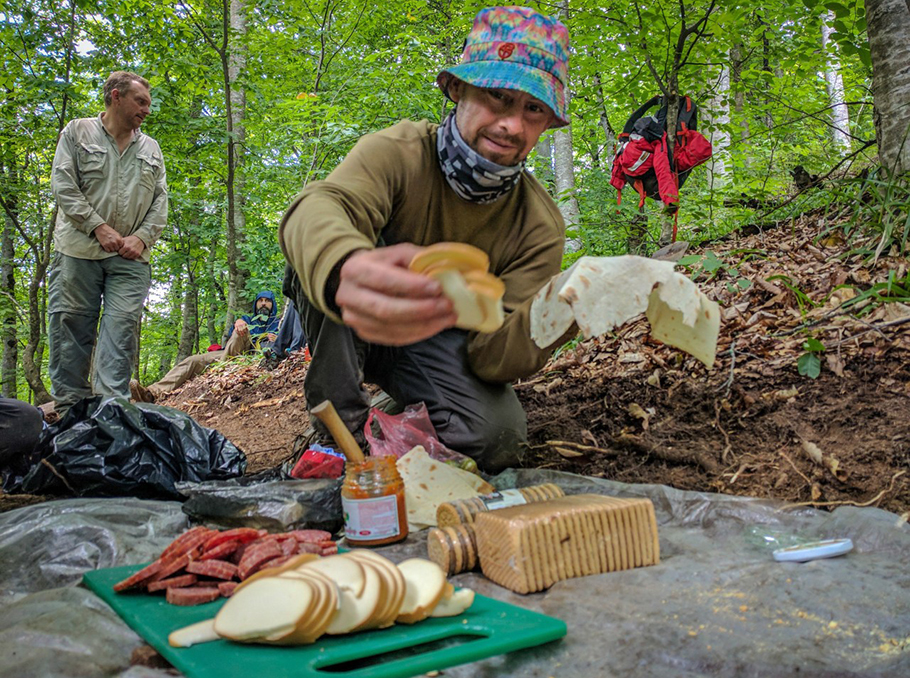
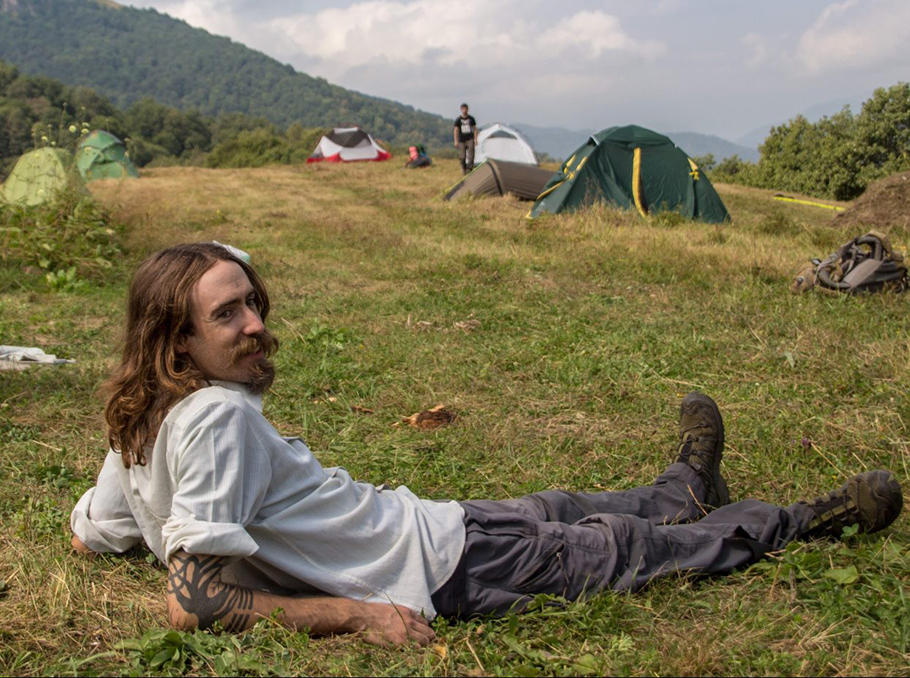
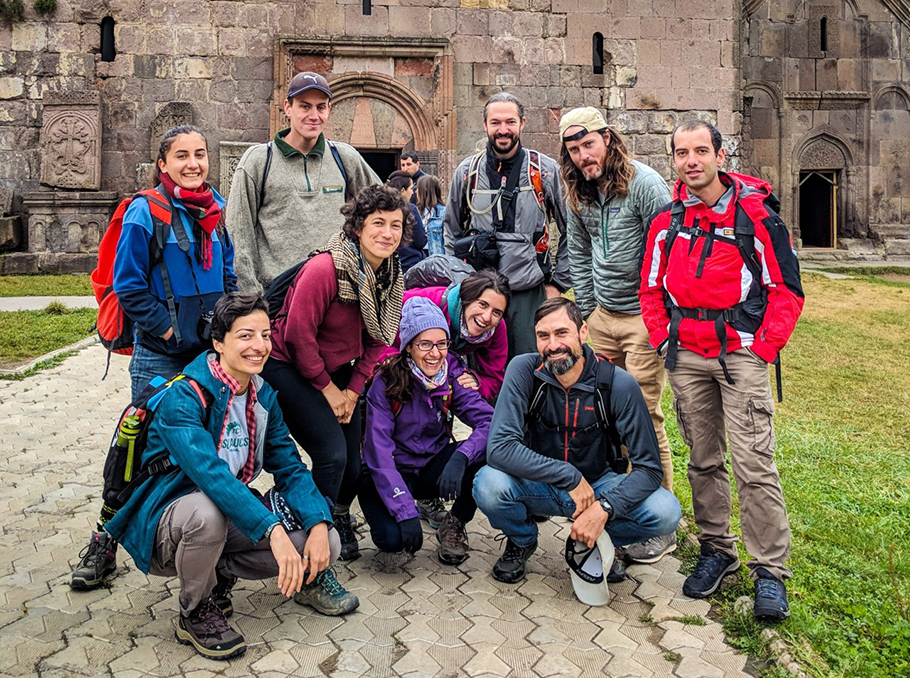
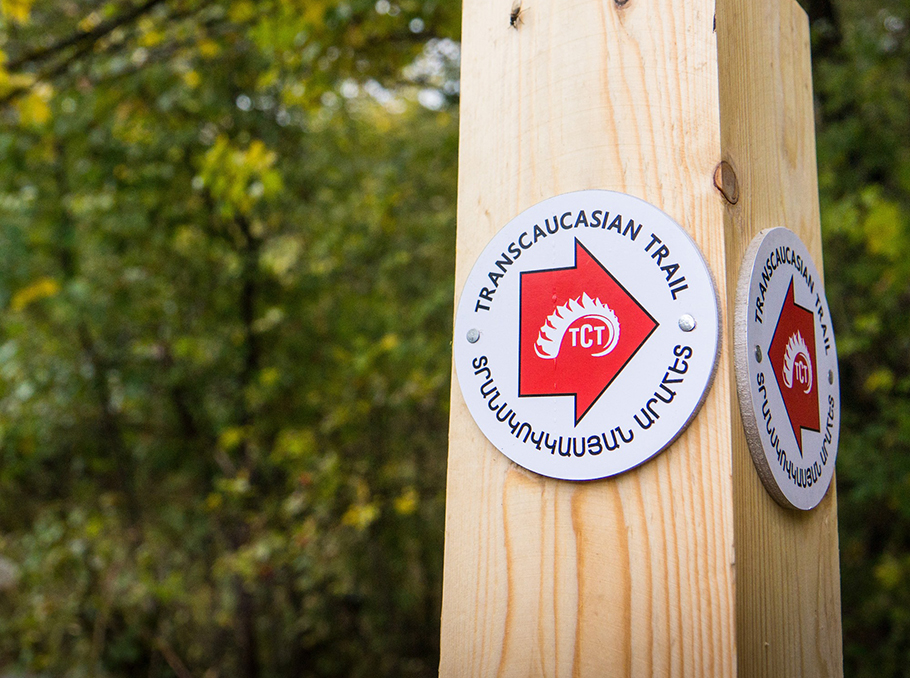
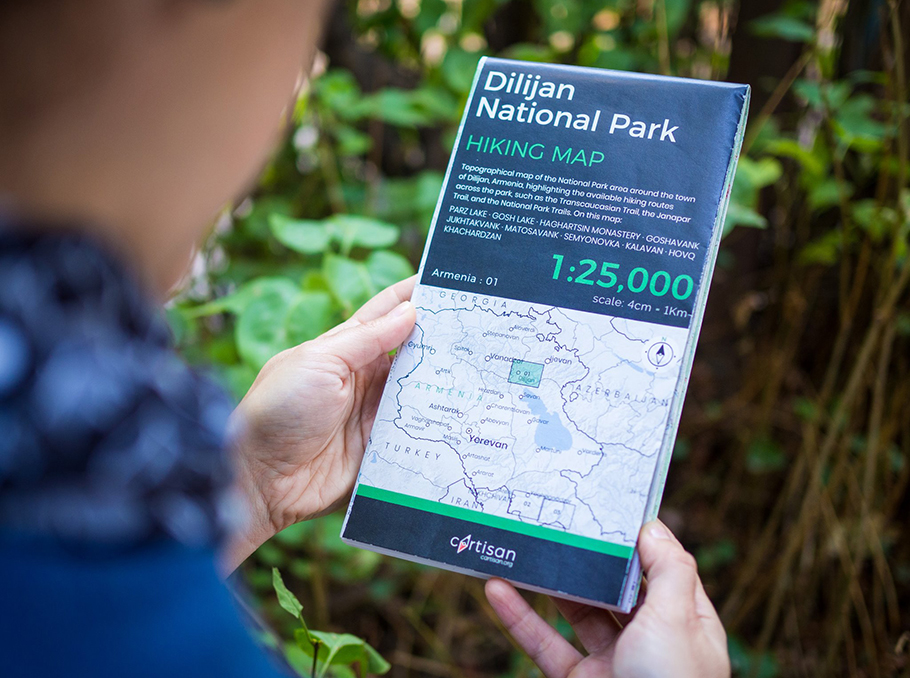
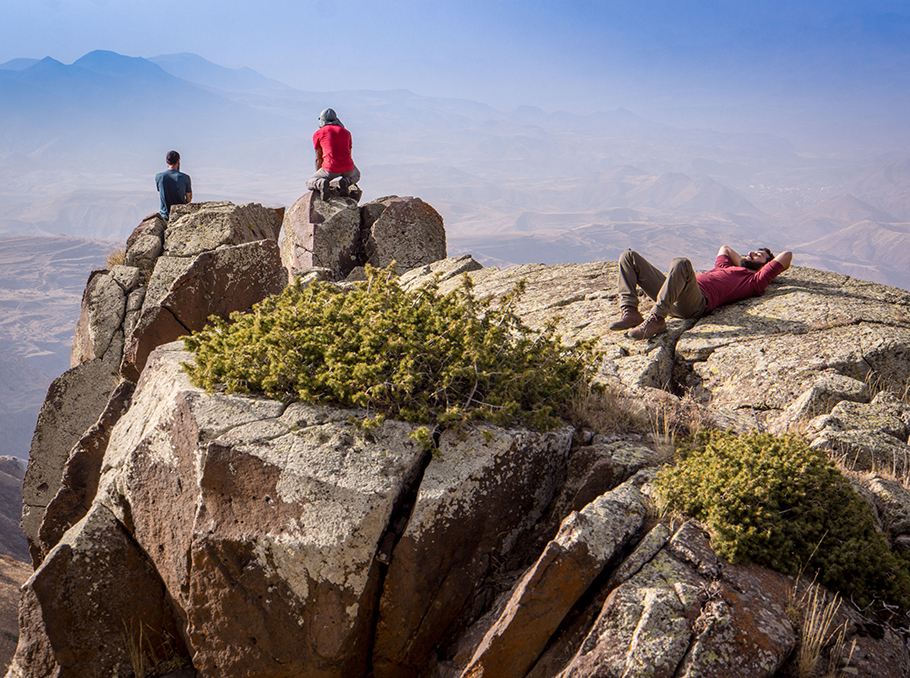
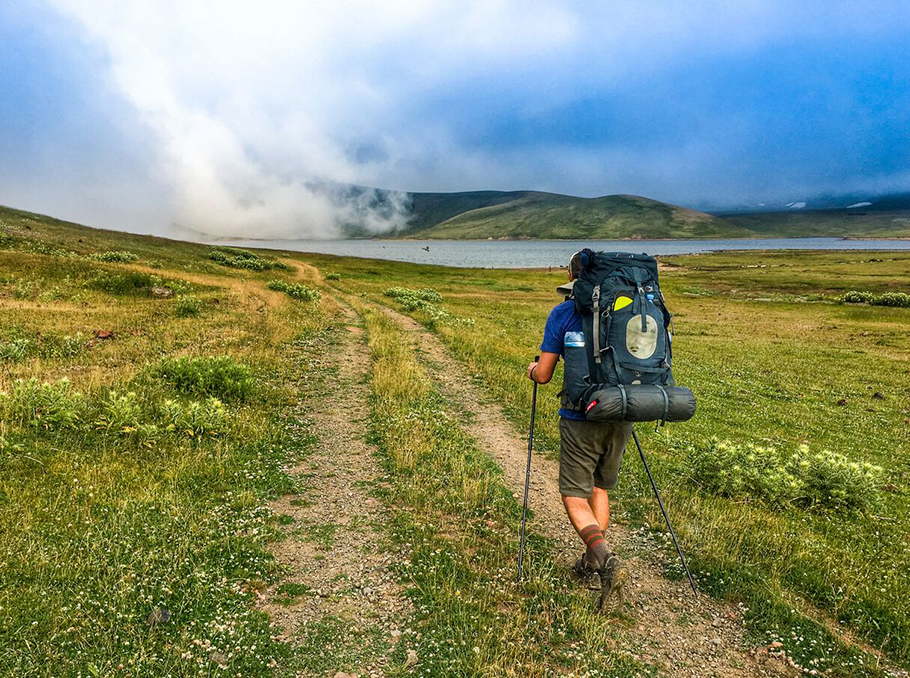
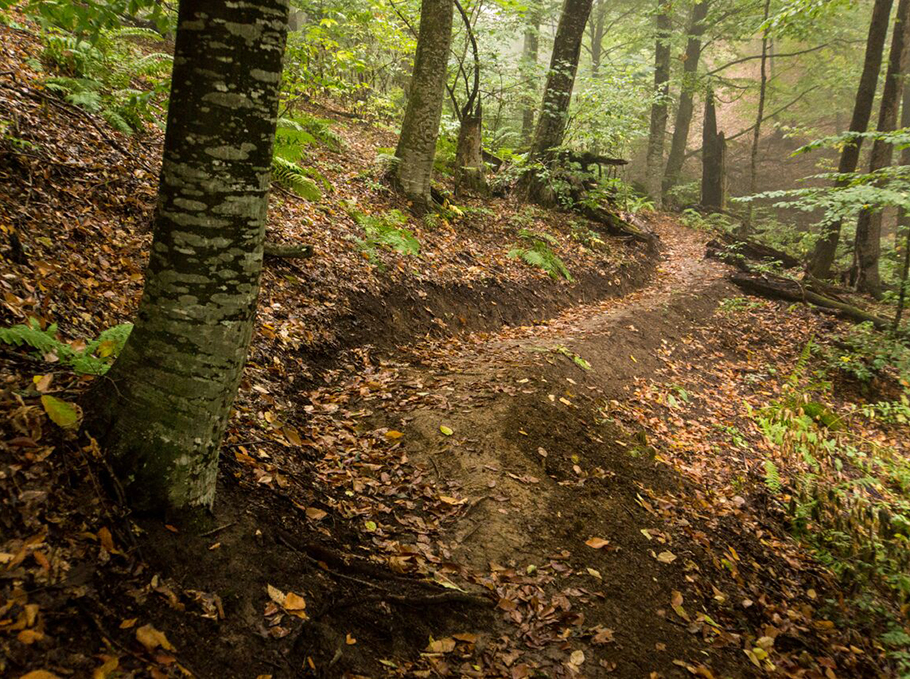
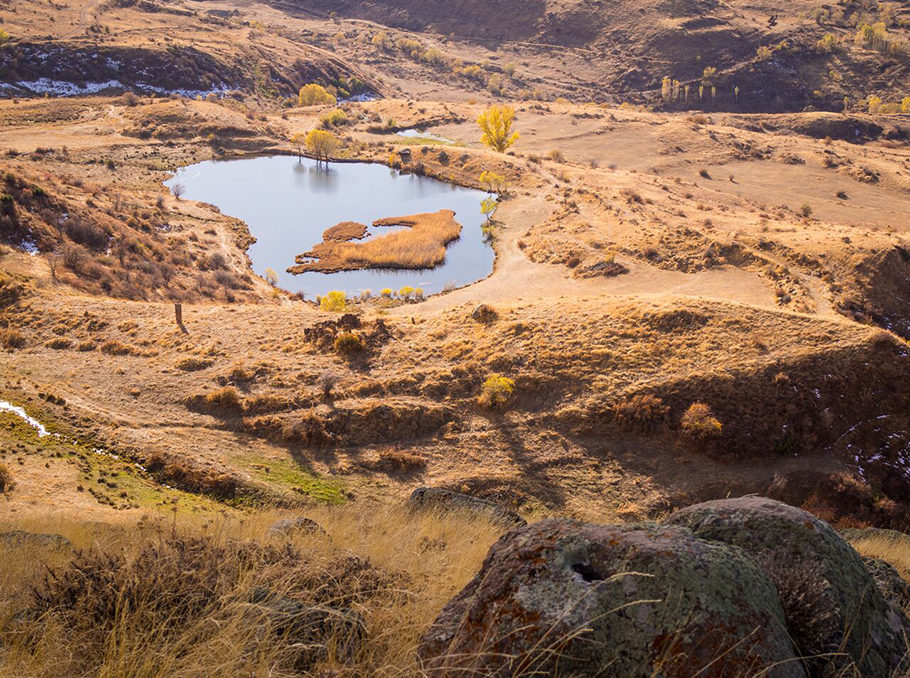
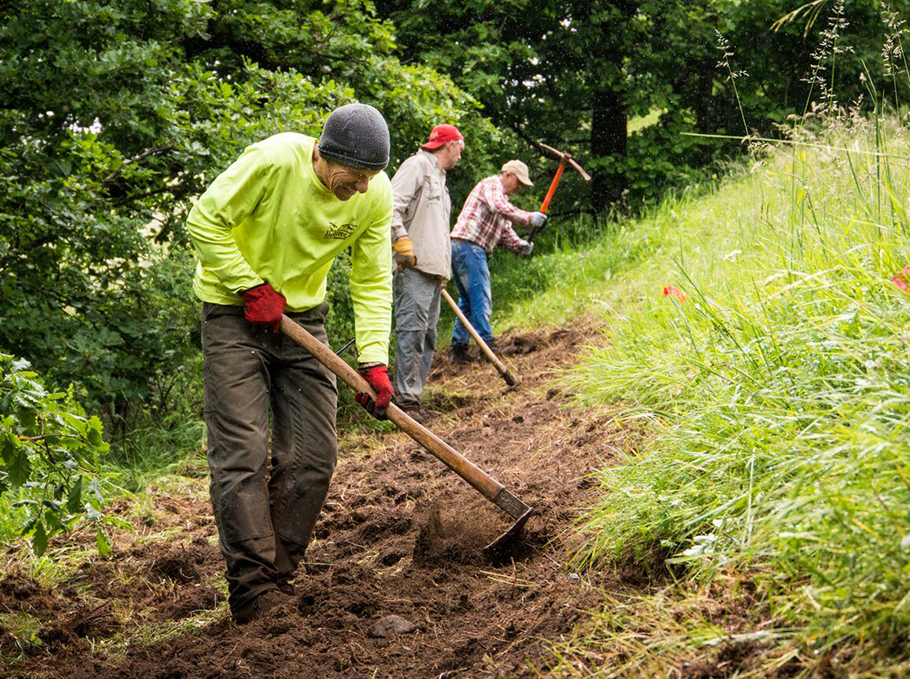
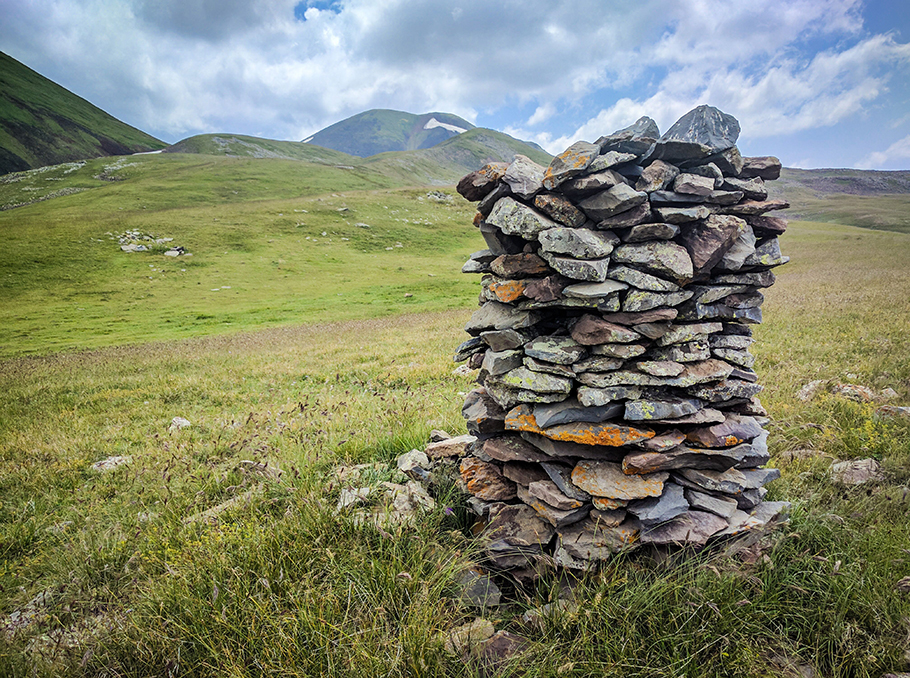
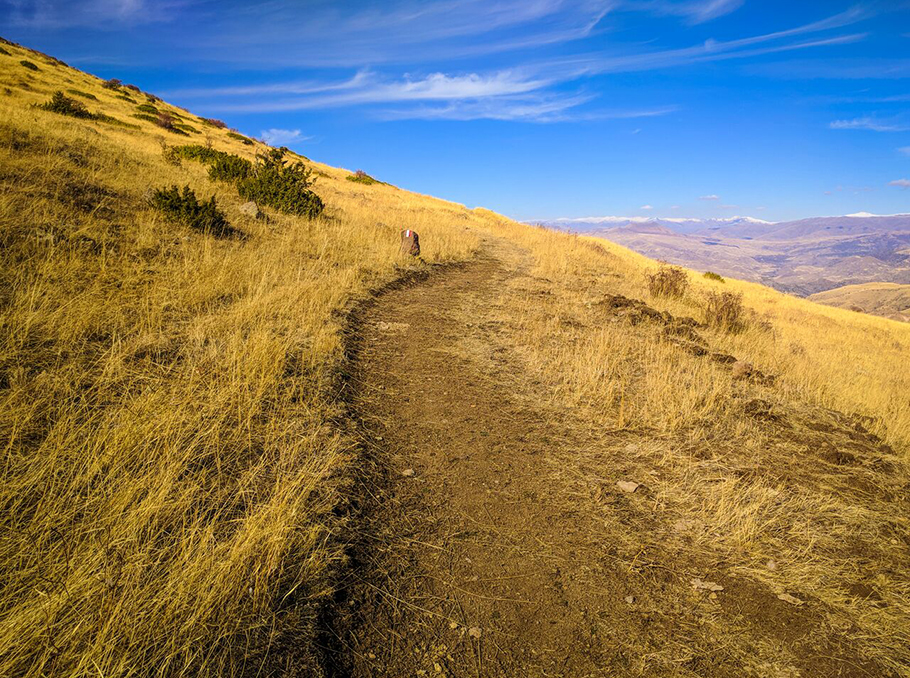

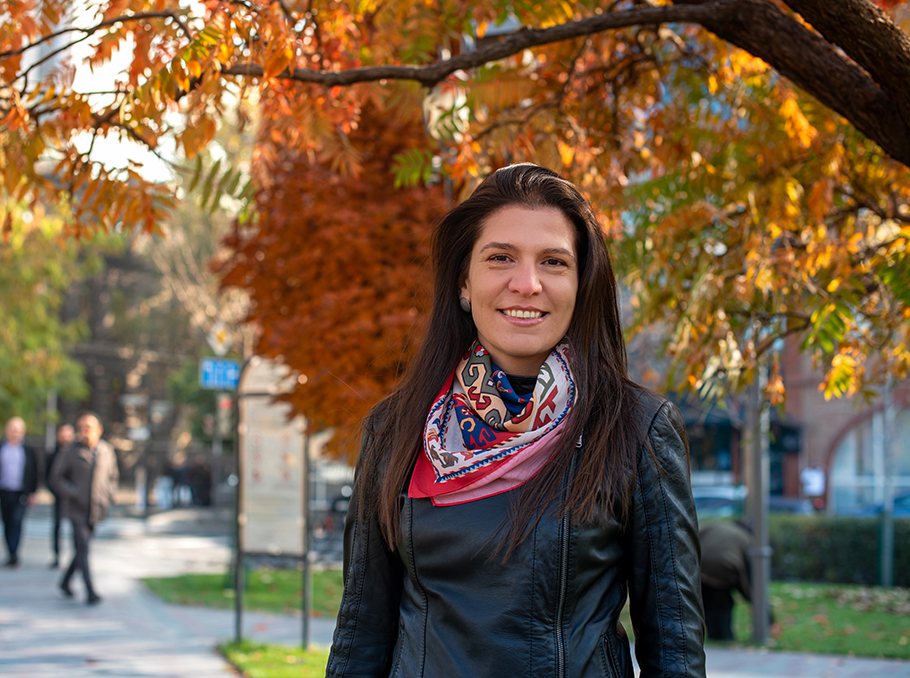
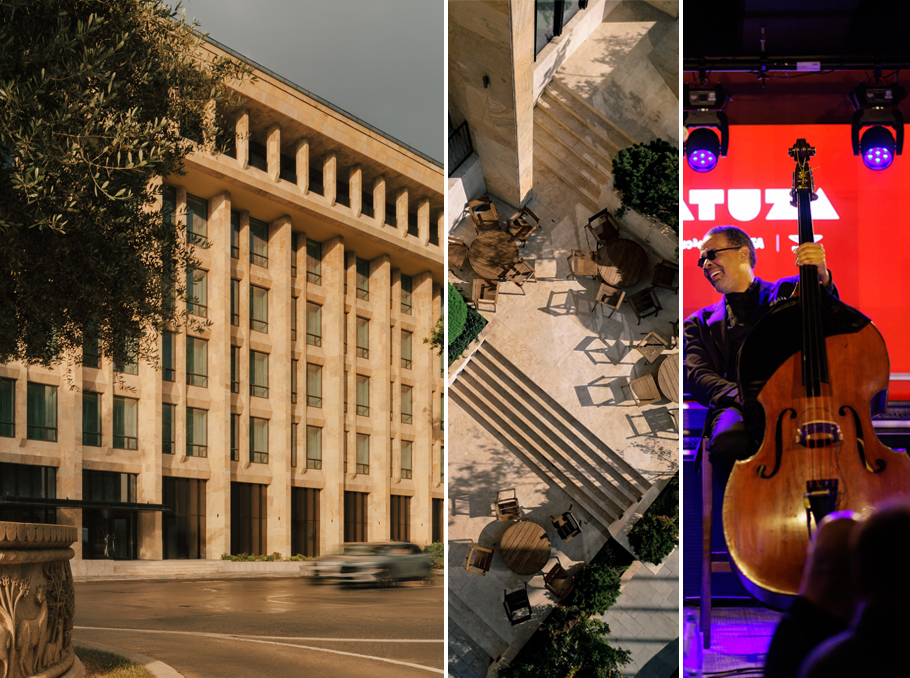
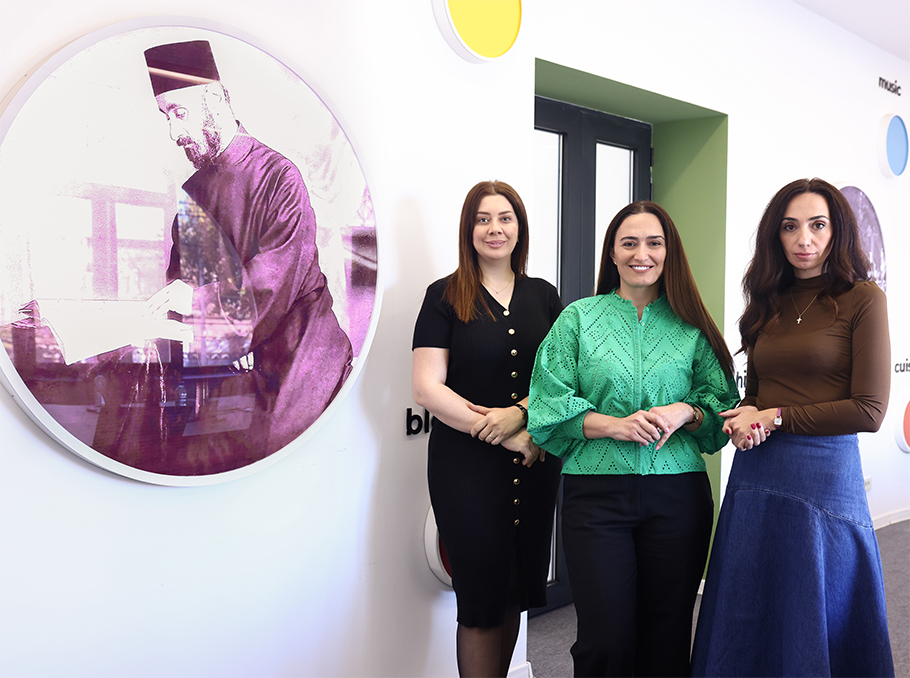
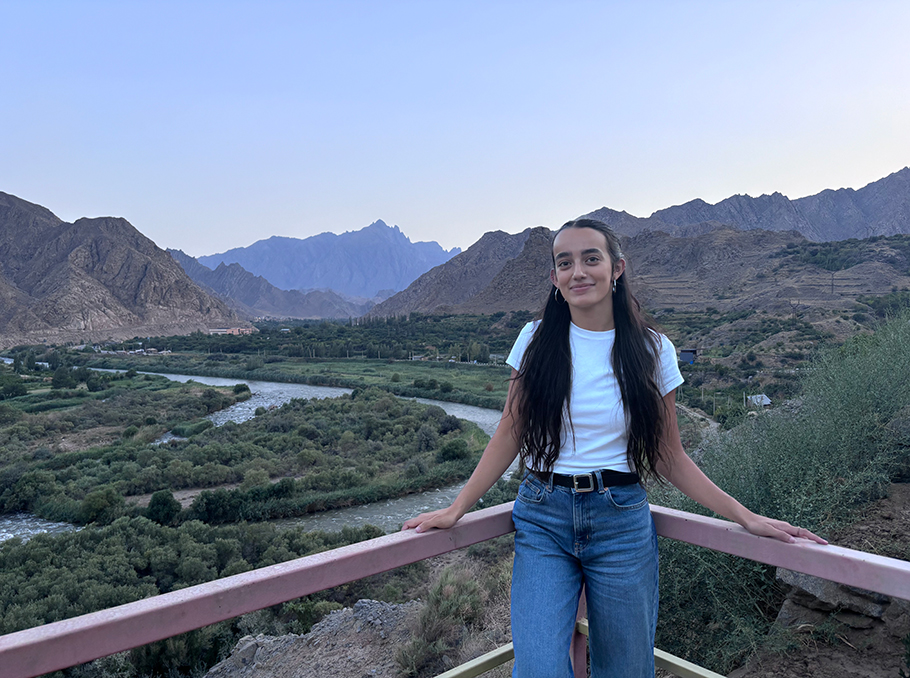
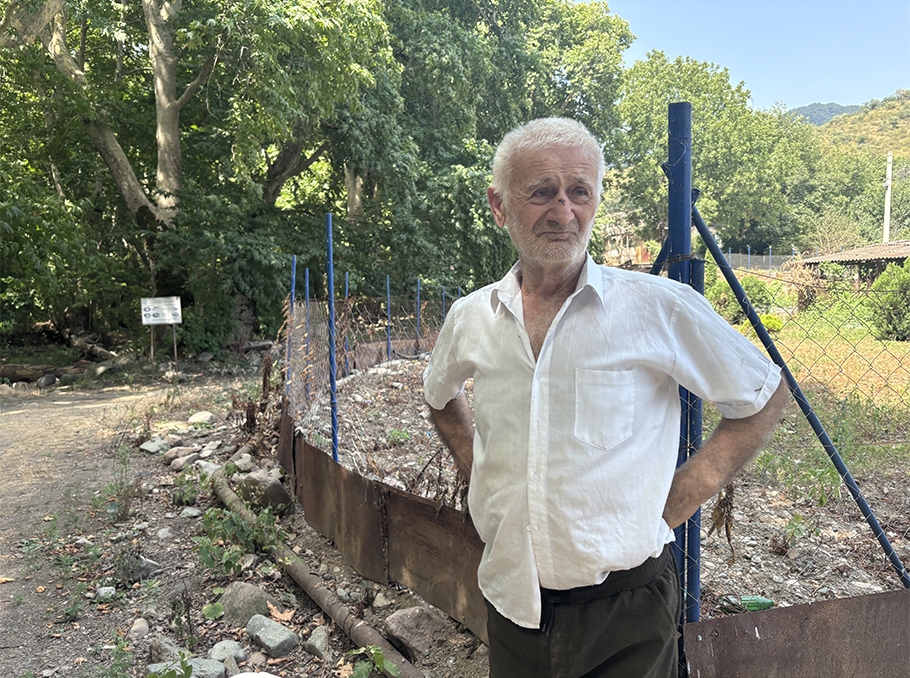







Comments
Dear visitors, You can place your opinion on the material using your Facebook account. Please, be polite and follow our simple rules: you are not allowed to make off - topic comments, place advertisements, use abusive and filthy language. The editorial staff reserves the right to moderate and delete comments in case of breach of the rules.